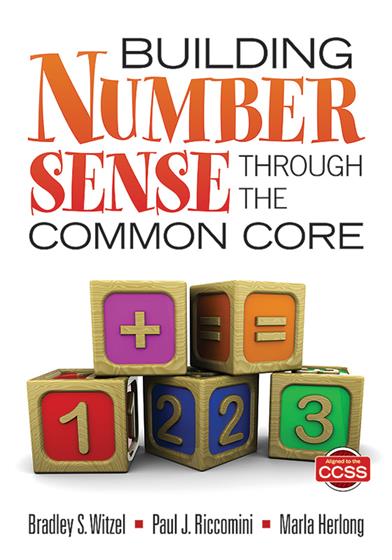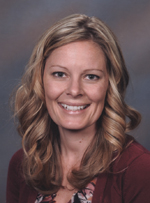Description
Build a lasting foundation for math proficiency right from the start
The "math" is on the wall: unless we can instill in our youngest mathematicians a solid understanding of number sense, they have little hope of mastering the more rigorous fractions and algebra that lie ahead. A key piece is identifying precisely where K-3 students are likely to struggle, then intervening with smart, targeted instruction. That's where Witzel and Riccomini's Building Number Sense Through the Common Core fits in.
Grounded in research-supported instruction with aligned assessments to ensure comprehension, this essential resource provides:
- Teaching strategies that build number sense skills, including quantity and cardinality, numeral/number recognition, fact fluency, math language, and more
- Adaptations for students with specific needs, including English learners and students with disabilities, based on an RTI approach
- Guidance on measuring number sense through assessments and preparing students for standardized testing
- User-friendly charts, tables, and sample math problems for planning curriculum and lessons
Discover strategies that enable your students to develop a fundamental sense for numbers and create a lasting foundation for math proficiency!
"The authors describe how each common standard should be taught, which makes this a quick and immensely useful resource. I've already begun using the strategies with my fellow teachers."
—Deborah Gordon, Third-Grade Teacher
Madison School District, Phoenix, AZ
"This is an evidence based, accessible manual on how, why, and what to teach. Well written with effective examples and scenarios to illustrate key points, this book should be read by anyone interested in improving outcomes for children in mathematics."
—Annmarie Urso, Assistant Professor
State University of New York at Geneseo
Key features
This book includes:
- Up-to-date research and best practices for early childhood mathematics instruction and intervention.
- Figures and tables to illustrate key concepts.
- Quick tips and reproducible forms to help educators implement the strategies.




